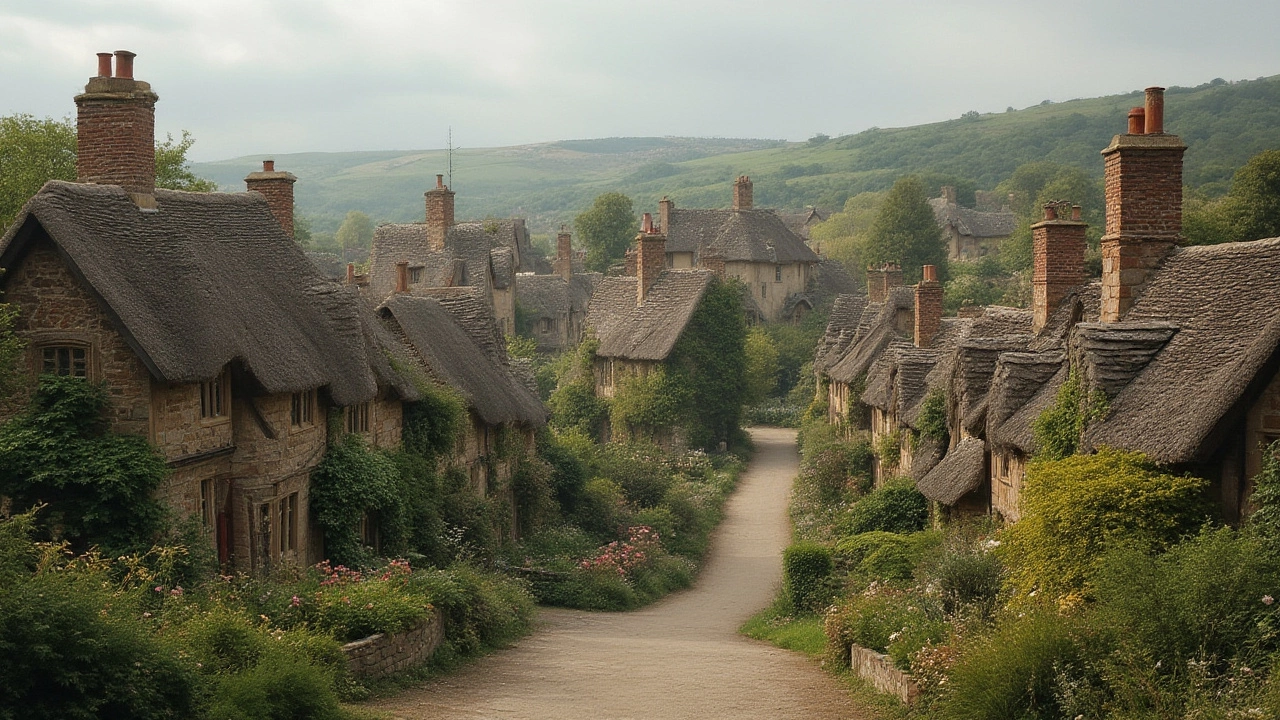Building Regulations for Cottages – Your Quick Guide
If you own or plan to buy a cottage, the last thing you want is a surprise from the council. Building regulations are the rules that make sure any work on a property is safe, energy‑efficient and fit for living. They cover everything from walls and roofs to fire safety and drainage. Skipping them can mean fines, costly rebuilds, or even being forced to undo work.
First up, know when the rules apply. Any new build, major extension, loft conversion, or structural change triggers the need for a Building Notice or Full Plan Application. Small cosmetic jobs like painting or swapping doors usually don’t, but changing windows or adding insulation often does because they affect energy performance.
Key Areas You’ll Encounter
Structure and stability – The walls, roof and foundations must meet strength standards. If you’re adding a loft bedroom, a structural engineer will need to sign off on the floor joists.
Fire safety – Cottages built before the 1990s often lack modern fire doors or safe escape routes. Adding a new kitchen or bathroom means you must install appropriate fire‑resistant materials and maintain clear exit paths.
Damp and ventilation – Older cottages are prone to moisture problems. Regulations require adequate ventilation, especially in bathrooms and kitchens, and proper damp‑proof courses in walls.
Energy efficiency – New builds must meet Part L standards, which set minimum insulation and heating performance. For older cottages, upgrades like double‑glazed windows or cavity wall insulation can bring you up to code and lower bills.
Getting It Done Without the Headache
Start by checking the Building Control office in your local council. They’ll tell you which forms you need and whether a certified professional must sign off. Hiring a qualified architect or builder who knows the local nuances can save weeks of back‑and‑forth.
Don’t forget to keep a paper trail. Every plan, calculation and inspection report should be saved – you’ll need it when you sell the cottage or if a future issue arises.
Costs vary widely. Simple extensions might run a few thousand pounds in fees, while a full structural overhaul can climb into the tens of thousands. Budget for both the official fees and the professional help you’ll need.
Finally, think ahead. If you plan to rent the cottage, compliance becomes even more important because landlords must prove the property meets health and safety standards. A well‑documented build also boosts resale value, as buyers trust a property that’s been done right.
Bottom line: treat building regulations as a roadmap, not an obstacle. Knowing the basics, checking early with your council, and hiring the right expertise will keep your cottage safe, comfortable, and legally sound.

How Many Floors Can a Cottage Have? Modern Rules, Traditions & Surprising Ideas
Ever wondered how tall a cottage can actually be? Discover floor limits, design tips, and legal quirks about cottages, blending tradition with today's creative solutions.
Continue Reading